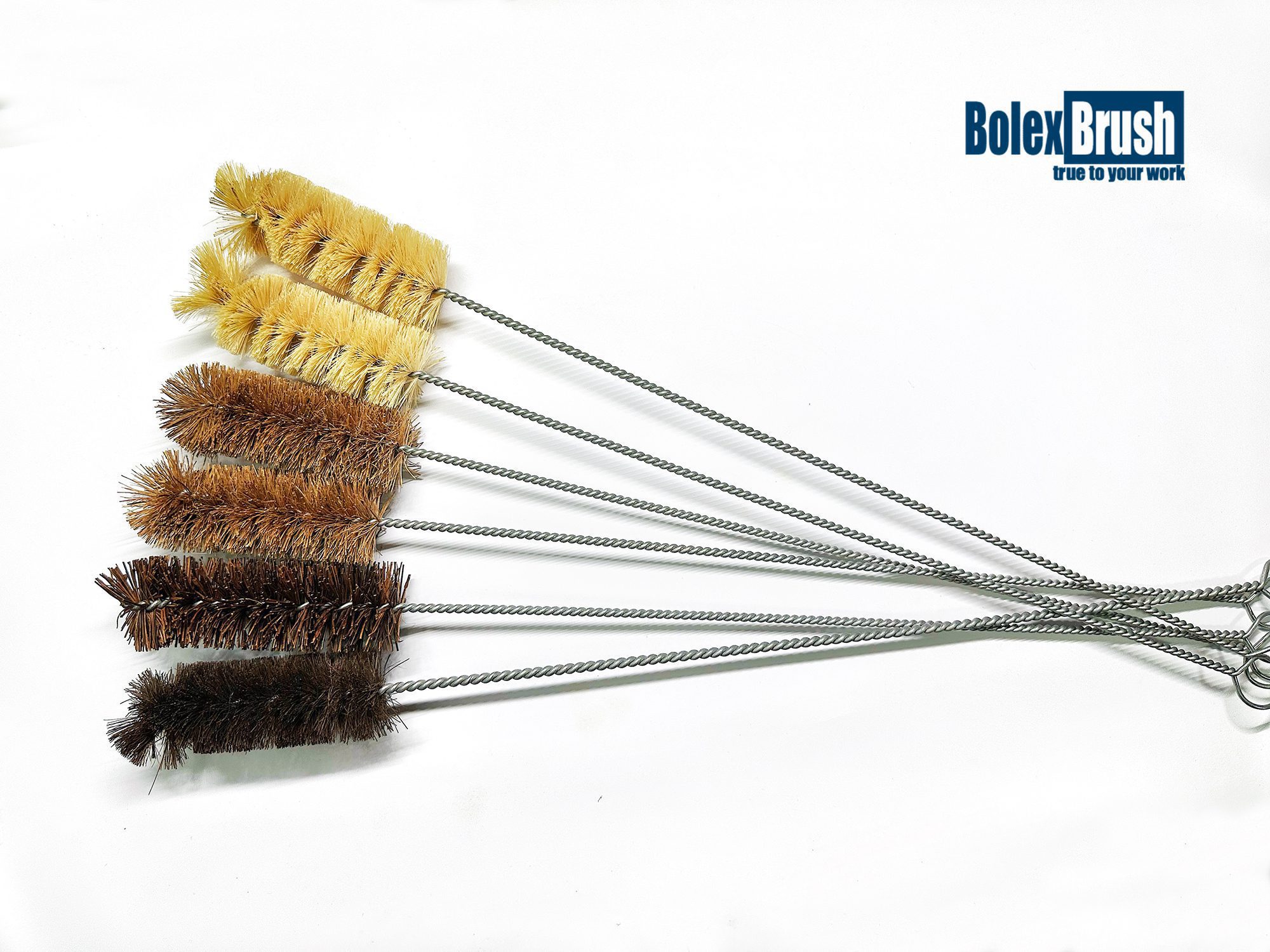Different Plant Fiber Brush for Different Application
Arenga Fibers, Coconut Fibers, Tampico Fibers are all natural fiber materials commonly used in making brushes.Named Arenga Fiber Brush,Coconut Fiber Brush and Tampico Fiber Brush.
Their differences lie in their source materials, physical characteristics, and uses.

Arenga Fiber :
- Source Material: Arenga Fibers are typically made from fibers extracted from the leaves of Arenga engleri plants, which primarily grow in tropical regions.
- Physical Characteristics: Arenga Fibers are usually coarse and stiff with some elasticity, suitable for scrubbing harder surfaces like cleaning pots or floors.
- Uses: Brushes made from Arenga Fibers are typically used for cleaning and scrubbing tasks that require greater force.
Coconut Fibers:
- Source Material: Coconut Fibers are made from fibers extracted from coconut shells, the outer part of coconuts.
- Physical Characteristics: Coconut palm bristles are relatively hard, durable, and possess a certain roughness, making them suitable for cleaning surfaces and removing dirt.
- Uses: Coconut Fibers are commonly used in cleaning brushes, floor brushes, and scrubbing brushes.
Tampico Fibers:
- Source Material: Tampico Fibers are made from fibers extracted from the sisal plant, which is a perennial herbaceous plant.
- Physical Characteristics: Tampico Fibers are typically softer with some elasticity, suitable for light cleaning and wiping without scratching surfaces.
- Uses: Brushes made from Tampico Fibers are often used for cleaning, polishing, and scrubbing sensitive surfaces like glassware and smooth surfaces.
In summary, the choice of these natural fiber bristles depends on the hardness and material of the surface you are cleaning, as well as the required cleaning force.
Different bristles are suitable for different applications, and selecting the appropriate bristle can enhance cleaning effectiveness while protecting the cleaned surface.



Leave a Reply
Want to join the discussion?Feel free to contribute!